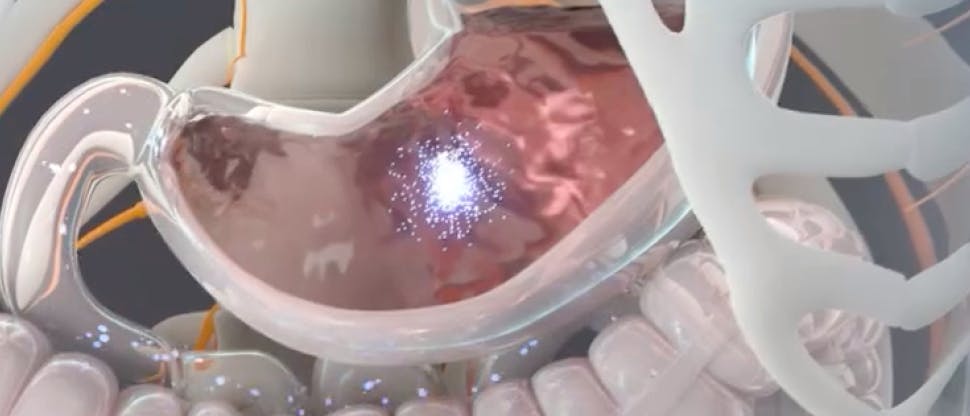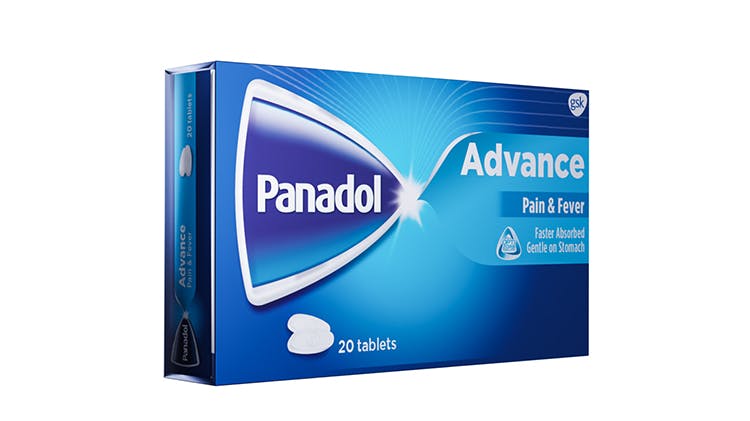The science of Optizorb technology
Optizorb technology contains three main ingredients which are: alginic acid that draws fluid from the stomach into the tablet causing it to swell and break apart; calcium carbonate that works together with alginic acid to boost the disintegration of the tablet and, crospovidone which acts as a superdisintegrant due to its ability to dissolve well in water.1,2

Basics of Optizorb technology
This is a revolutionary technology that helps speed the breakdown of paracetamol tablets in the stomach2 so that the drug is absorbed fast and pain relief can start as early as 15 minutes after paracetamol ingestion with 2 tablets (1000 mg dose).3
The absorption of paracetamol occurs in the small intestine and as such is dependent on the rate of emptying of stomach contents into the small intestine. Optizorb technology increases the gastric emptying time of the drug.2
Discover the Panadol range with Optizorb technology

Panadol Advance with Optizorb technology
With a revolutionary dispersion and dissolution technology2 that speeds up absorption and starts relieving pain in just 15 minutes with 2 tablets (1000 mg dose),3 Panadol Advance provides faster and efficient pain relief compared with standard paracetamol tablets.1,2
Learn more
.jpg?auto=format)
Fever
Paracetamol is a well-known antipyretic. Learn more about fever and how to manage it.
.jpg?auto=format)
Assessment of fever in adults
To determine if a patient has fever, the most common route of taking a temperature in adults is a thermometer placed under the tongue (oral route).
If the temperature is > 38°C, consider that the patient is febrile.
Don’t forget to ask the patient for other symptoms to determine cause of the fever, “red flag” symptoms and if they require any other treatment recommendations other than medicines for fever.

Educate your patients on migraines
Specially tailored for your patients’ use, this simple to read patient resource will add value to migraine management.

